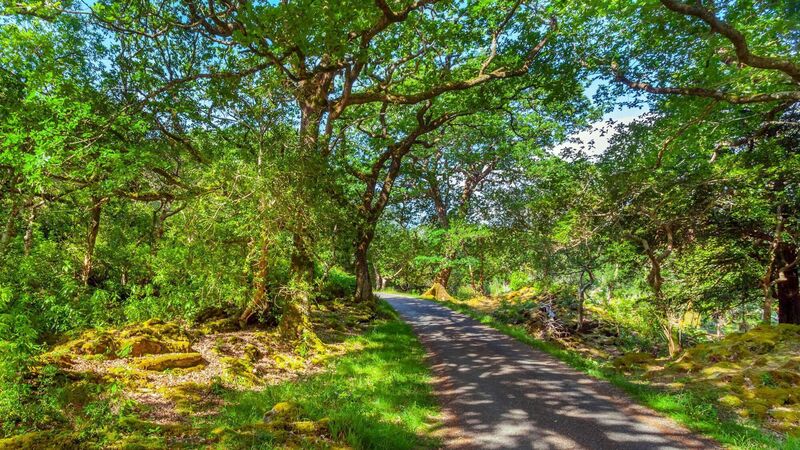Donal Hickey: We need more trees but they need to be the right trees in the right places

Killarney National Park stretches across 10,000 hectares (100 square kilometres)
With trees now looking their glorious best, it’s certain many people will be out walking in woodlands during the upcoming June bank holiday.
Apart altogether from admiring the natural beauty of forests and listening to birdsong, there’s also another reason for going down to the woods — it’s good for mental health. We’re told by numerous authorities that trees have a calming effect on people and help reduce stress.








